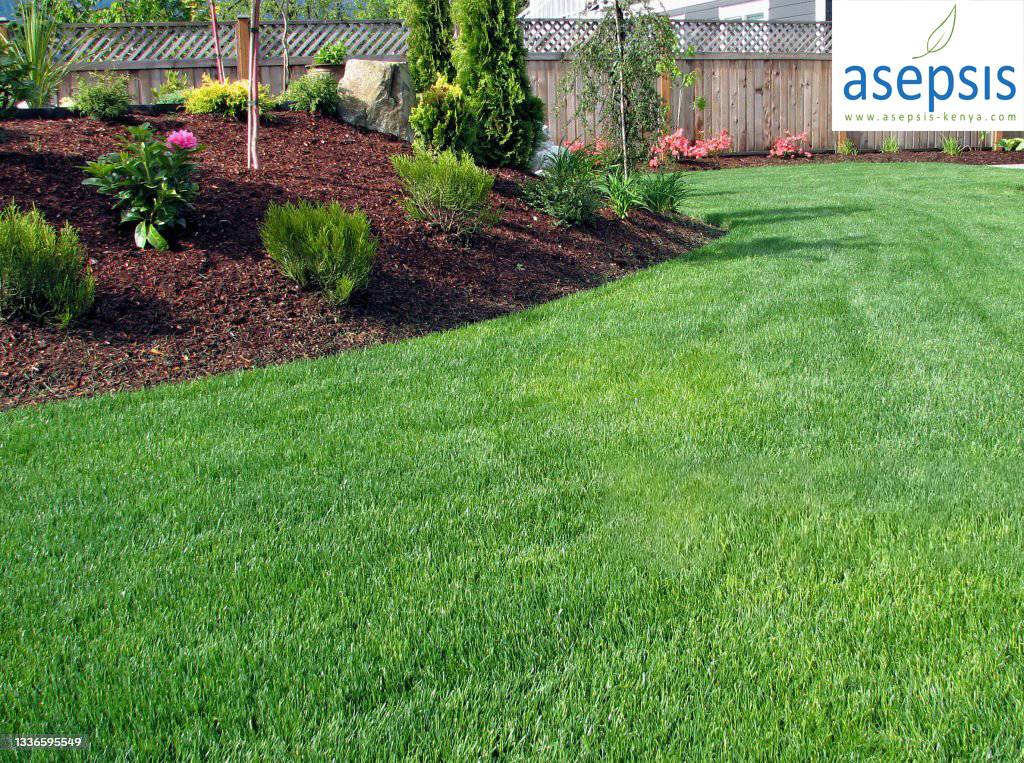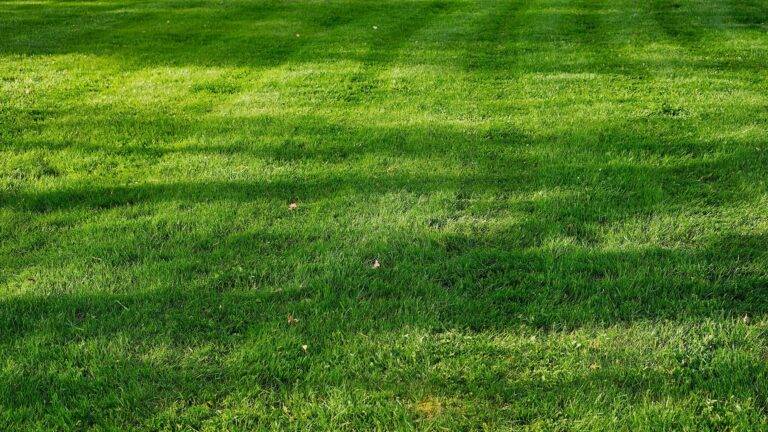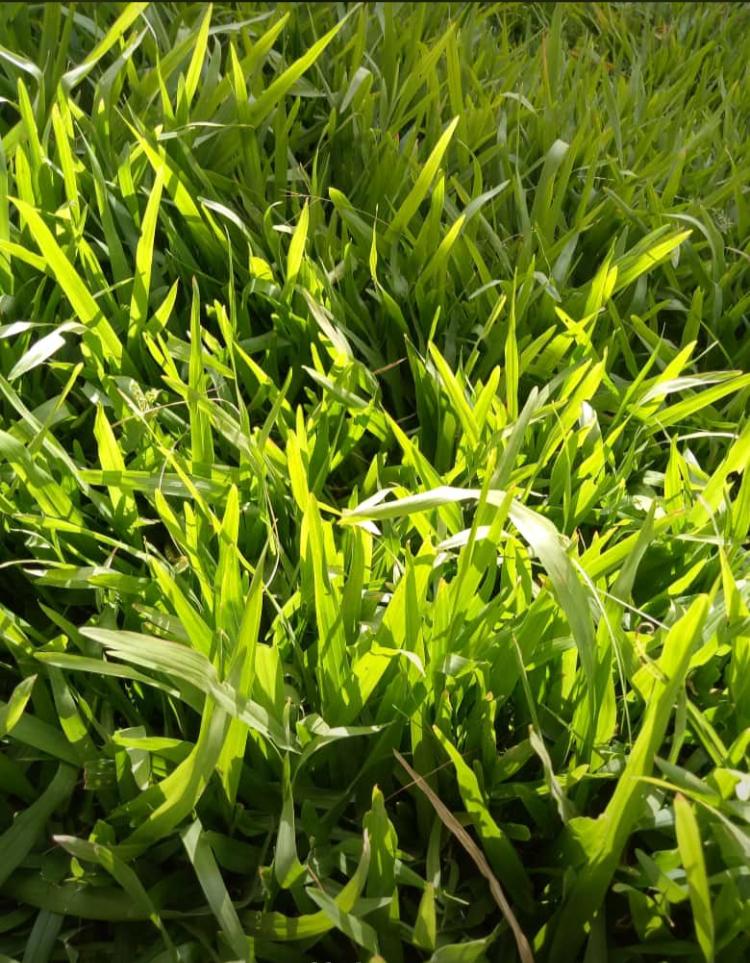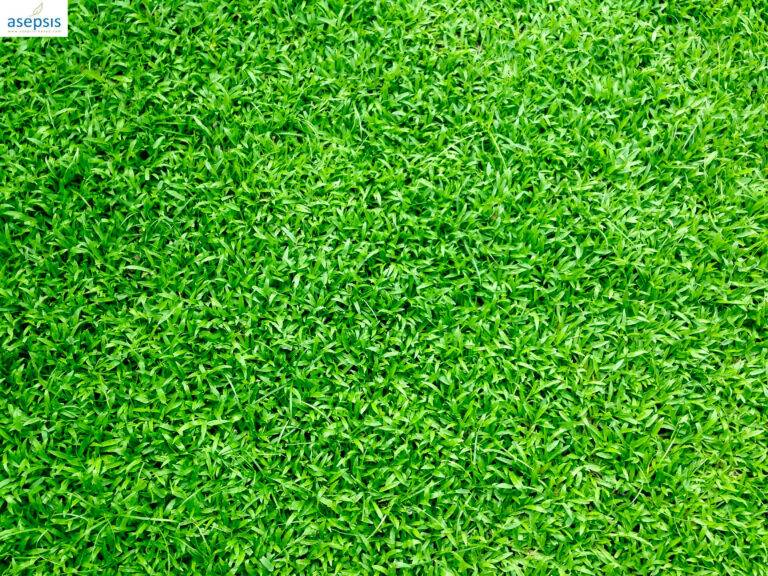Why Natural Grass is Better Than Artificial Turf
In the vibrant landscapes of Kenya, where nature’s beauty is an everyday spectacle, the debate between artificial turf and natural grass continues. Let’s understand why natural grass remains the superior choice for your lawn, garden, or commercial landscape. Here’s why natural grass outshines artificial turf in every way that matters.
1. Eco-Friendliness.
Natural grass plays a crucial role in sustaining the environment. Unlike artificial turf, which is made from plastic and other synthetic materials, natural grass contributes to the ecosystem in several ways:
- Absorbs carbon dioxide and releases oxygen, improving air quality.
- Reduces heat by cooling the surroundings, unlike artificial turf, which absorbs and retains heat, making it uncomfortably hot during sunny days.
- Filters rainwater, helping to prevent flooding and removing pollutants from runoff water.
Artificial grass, on the other hand, is made from non-biodegradable materials and contributes to plastic pollution. Over time, it degrades and releases microplastics into the environment, causing long-term ecological damage.
2. Cost-Effectiveness.
While artificial grass is marketed as a low-maintenance solution, its initial installation cost is significantly higher than natural grass. Moreover, maintaining artificial turf isn’t entirely cost-free:
- Needs occasional cleaning to remove debris, pet waste, and bacteria buildup.
- Requires replacement every 8-15 years, unlike natural grass, which can last a lifetime with proper care.
- Repairs are costly, as damaged sections of artificial grass require professional replacement.
With natural grass, routine mowing, watering, and fertilizing are much more affordable in the long run compared to the eventual cost of replacing artificial turf.
3. Safety and Comfort.
Natural grass provides a soft, natural cushion that is gentle on your feet, making it the preferred surface for children, pets, and outdoor activities. In contrast:
- Artificial grass can become dangerously hot in direct sunlight, causing discomfort and even burns.
- The rubber infill used in artificial turf can cause injuries, as it doesn’t absorb impact as well as natural grass.
- Artificial grass does not provide a natural scent or feel, making outdoor experiences less enjoyable.
4. Health Benefits.
Spending time on natural grass has numerous health benefits. It:
- Reduces stress and improves mental well-being by connecting you to nature.
- Enhances air quality by trapping dust and allergens, unlike artificial grass, which accumulates bacteria and dust without natural filtration. Does not contain harmful chemicals—many artificial turfs contain lead and other toxic substances that may pose long-term health risks.
5. Sustainability.
Although artificial grass is marketed as a “water-saving” alternative, sustainable lawn care practices can minimize water usage while maintaining natural grass. Techniques like using drought-resistant grass varieties, efficient irrigation, and organic fertilizers make natural grass an eco-friendly choice without the drawbacks of plastic turf.
The Natural Choice is the Best Choice
While artificial turf may seem convenient at first glance, natural grass remains the best option for homeowners, businesses, and public spaces. It is eco-friendly, cost-effective, comfortable, and beneficial for health and well-being. Instead of opting for an artificial alternative, investing in high-quality natural grass ensures long-term value while preserving the beauty and benefits of real greenery.
So, when choosing between artificial and natural grass, the answer is clear: Go natural and enjoy a healthier, greener, and more sustainable future!
For more information don’t hesitate to contact us for a free consultation and guidance on the best grass for your need. Or check out our shop.





